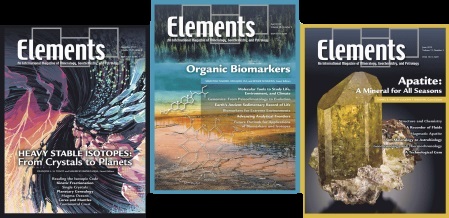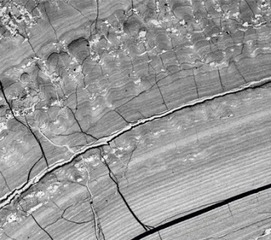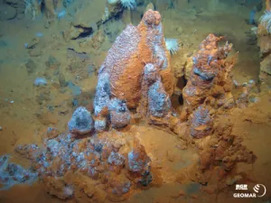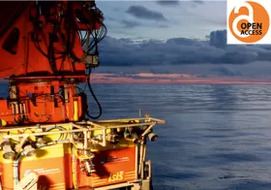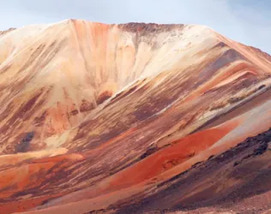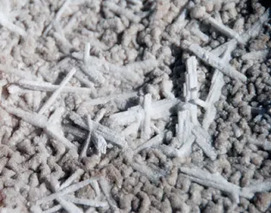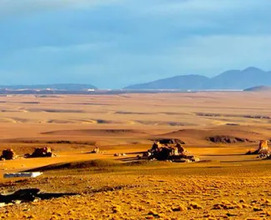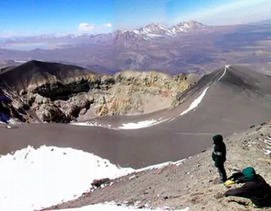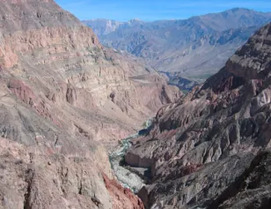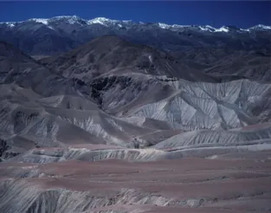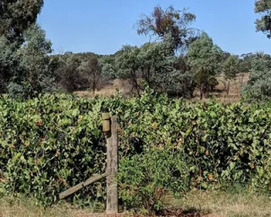Formation and Occurrence of Ferromanganese Crusts: Earth’s Storehouse for Critical Metals
Marine ferromanganese oxide crusts (Fe–Mn crusts) are potentially important metal resources formed on the seafloor by precipitation of dissolved and colloidal components from ambient seawater onto rocky surfaces. The unique properties and slow growth rates of the crusts promote adsorption of numerous elements from seawater: some, such as Te and Co, reach concentrations rarely encountered elsewhere in nature. Consequently, Fe–Mn crusts are potential sources of metals used in technologies considered essential for the transition to a low-carbon economy. However, the precise distributions and metal concentrations of Fe–Mn crusts at regional and local scales are poorly constrained because of the diversity of geological, oceanographic and chemical processes involved in their formation.

